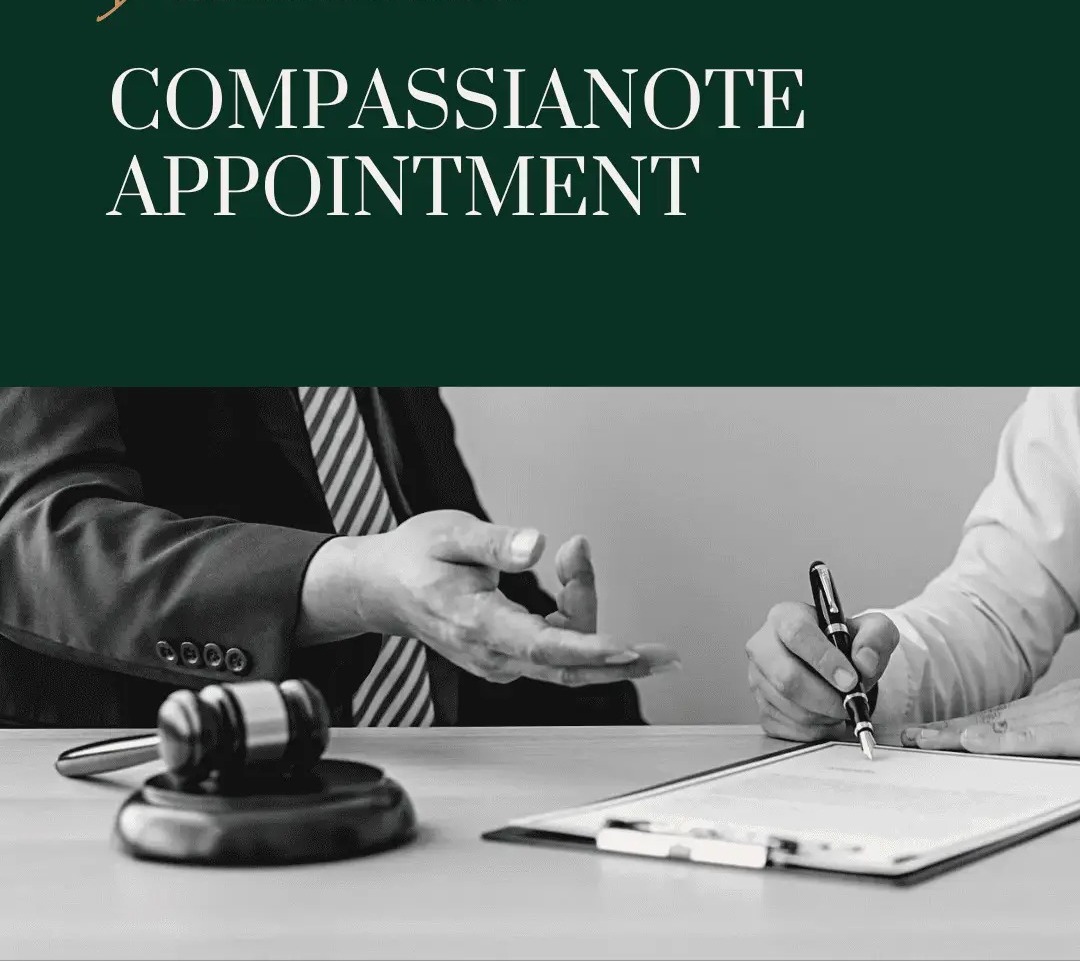B.B. Ghose, J.@mdashThe facts involved in this appeal are these: A putni taluq was created of six mouzahs of lot Kooly within the Zamindary of the Maharaja of Burdwan by the Zamindar in favour of one Joy Chandra Hazrah in September 1820. The rent was fixed at the rate of Rs. 2,654 per annum payable in certain instalments. The Chowkidari Chakran lands situated within the putni taluq were resumed under the village Chowkidari Act VI (B.C.) of 1870 and transferred to the Zemindar u/s 50 of the Act subject to the payment of the amount of assessment made on those lands. On the 12th May 1899, by a pattah executed on behalf of the Maharaja of Burdwan, those lands comprising 133 Bighas 6 Cottahs were settled with one Syamlal Chatterjee in putni settlement. Syamlal was then the owner of the putni taluq lot Kooly by purchase. The settlement was made on receipt of a selami of Rs. 68 and at a rental of Rs. 135-4-0. Out of the amount fixed as rent the grantee was to pay to the collecting Panchayet Rs. 108-1-0 per year (the amount of assessment under the Act) and the balance of Rs. 27-3-0 direct to the Zamindar. On the 10th July 1906, Syamlal sold this putni interest in the resumed Chowkidari Chakran lands to the defendant No, 1 and the defendants are now in possession of those lands. Subsequently, the putni rent of lot Kooly fell into arrears and, for the arrears due for the first six months of 1321 B.S., the putni taluq was sold under Regulation VIII of 1819 and purchased by the plaintiff on the 17th November 1914. The plaintiff then obtained possession of the putni taluq but not of the resumed Chakran lands. She now sues for possession of those lands on the ground that by virtue of the purchase under Regulation VIII of 1819 and in accordance with the terms of the putni pattah and Kabuliat by which the lands were settled with Syamlal on the 12th May 1899, she is entitled to the lands in dispute. The defendants resisted her claim and the suit was dismissed by the trial Court. The plaintiff appeals against that decree.
2. The only question for consideration is whether, as purchaser of the putni taluq lot Kooly at the Regulation Sale, the plaintiff is entitled to possession of the lands in suit. It is common ground that the interest of the Zamindar in the Chowkidari Chakran lands passed to the putnidar under the putni grant of 1820 and that the putnidar was entitled to possession of those lands on resumption under the Chowkidari Act by virtue of that grant. It was not possible to contend anything to the contrary after the decision of their Lordships of the Privy Council in the case of Ranjit Singh v. Kali Dasi AIR 1917 P.C. 8. That decision set at rest in 1917 all controversies as to the right of the putnidar to possession of Chowkidari Chakran lands after resumption under the Chowkidari Act. If there bad been nothing else, the plaintiff should be entitled to the Chakran lands, notwithstanding the sale of those lands by the defaulting putnidar. We have to see whether, by reason of the pattah dated the 12th May 1899 this position has been altered.
3. The contention of the defendants is that by reason of the pattah of 1899, it should be considered that the two parties concerned that is, the Zemindar and the putnidar agreed that the Chowkidari Chakran lands should be separated from the old putni and formed into a new putni; or in other words, that these lands should not be considered as part, and parcel of the putni of Joy Chandra Huzrah. It is certainly open to the only two parties concerned to alter the terms of the original putni if they chose to do so; and what we have to see is whether that was done. In order to do that, we have to examine the terms of the pattah by which the Chowkidari Chakran lands were granted to Syamlal Chatterjee. The appellant relies upon the fact that these Chowkidari Chakran lands were settled with Syamlal because he was the person in possession of lot Kooly in putni interest. It is stated in the pattah (Ex. (1) that Syamlad Chatterjee had applied for obtaining those lands from the Maharaja on giving out that he was in possession of lot Kooly in putni interest. Further there is this provision in the pattah " If in future, it transpires that any other person or persons besides yourself has or have putni interest in the said lot Kooly, he or they will acquire putni interest in these Chakran lands also in the game manner and to the same extent as they may be found to have in the said lot." Again, it is provided " If, in future, the putni interest in the said lot Kooly be transferred for arrears of rent or extinguished for any reason, then our putni interest in these Chakran lands will be transferred or extinguished along with the original putni; any objection to that will not be entertained." Upon these it is contended that, far from separating these lands from the original putni, it was the intention of the parties that the Chowkidari Chakran lands should be considered as part and parcel of the putni and it was intended to nullify any contention that this was a separate property because at that time it was considered doubtful whether the original putni of Joy Chandra Hazrah included the Chowkidari Chakran lands and whether the putnidar, as such, was entitled to those lands being transferred to the Zamindar by the Collector under the Chowkidari Act. It seems to me that this contention of the appellant is sound. If it was intended that these Chowkidari Chakran lands should be carved out of the original putni and a new title should be conferred on the putnidar with regard to those lands one would not accept to find in the patta with regard to the Chowkidari Chakran lands the provisions that I have mentioned before. It is, however, contended on behalf of the respondents that these provisions constitute a contract between the Zamindar and the putnidar and cannot be enforced by a third person. It seems to me, however, that it is not a question of contract. The question is whether it was the intention of the parties to carve out of the original putni of Joy Chunder Hazrah the Chowkidari Chakran lands and constitute a new putni. That intention, as I have said, cannot be gathered from those terms. If that is so, then we have to see whether the plaintiff as auction-purchaser under the Regulation sale would be entitled to those lands. Her right is derived u/s 11 of the Regulation. The second paragraph of the first clause of that section which is relevant to the question runs thus: " No transfer by sale, gift or otherwise, no mortgage or other limited assignment shall be permitted to bar the indefeasible right of the Zamindar to hold the tenure of his creation answerable in the state in which he created it for the rents which is in fact his reserved property in the tenure, except where the transfer or assignment should have been made with a condition to that effect, under express authority obtained from such Zamindar." The contention on behalf of the defendants-respondents is that Syamlal Chatterjee had express authority to transfer these Chowkidari lands under the terms of the pattah and reference is made to the terms by which it is provided what should happen if these lands are transferred by the grantee. The provision runs thus: "If the land be transferred by gift, sale or succession, the costs whatever may be incurred by the Raj estate for making an enquiry as to who is the person in possession for the time or whatever loss may be suffered by the Raj estate on account of the name of the present occupier not being registered shall be paid by the present occupier without objection." This in my opinion, cannot be construed to be an express authority by the Zamindar to transfer the Chowkidari lands so as to disentitle him from selling these along with the putni. Under the law, a permanent tenure-holder, such as the putnidar, can alienate any portion of the putni or any land comprised within the putni and these provisions, which I have referred to, only refer to the circumstances which are bound to happen if the putnidar makes such a transfer. These provisions cannot be construed as giving an express authority to make a transfer as contemplated by the provisions of the second paragraph of Clause (1) of Section 11 of Regulation VIII of 1819. If that is so, then the plaintiff would by virtue of her purchase be entitled to these Chowkidari Chakran lands as forming part of the original putni of Joy Chandra Hazrah which was created in 1820. It was further contended on behalf of the respondents that in the sale proclamation these Chowkidari Chakran lands were not mentioned and the rent which was stated to be due on account of the putni was the amount pay-able under the original putni grant of 1820 converted into the current coin, that the extra amount of Rs. 27 odd which the Zamindar was entitled to get under the terms of the pattah of 1899 was not mentioned and that, therefore the Zamindar did not intend to include into the sale the Chowkidari Chakran lands. The position seems to me to be that the Zamindar sold the putni of Joy Chandra Hazrah in the condition in which it was created in 1820. Whether by reason of his omission to mention the additional rent imposed on the Chowkidari Chakran lands he is disentitled from recovering that amount from the purchaser is a question which we need not consider. In my opinion, the purchaser is entitled to the putni as it was created in 1820; and so she is entitled to possession of the Chowkidari Chakran lands as being part of the putni. The judgment and decree of the Subordinate Judge must, therefore, be set aside and the plaintiff''s suit decreed with costs both in this Court as well as in the lower Court. The plaintiff, however, will not be entitled to eject the actual cultivators of the land as provided by the third Clause of Section 11 of the Regulation. She will also be entitled to mesne profits from the defendants Nos. 1 to 3.
Walmsley, J.
4. I agree.

